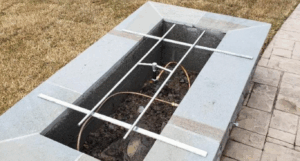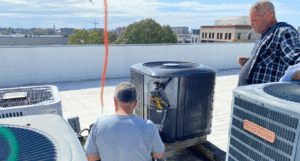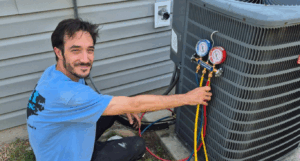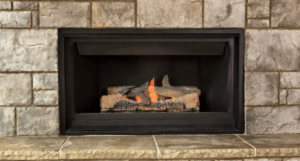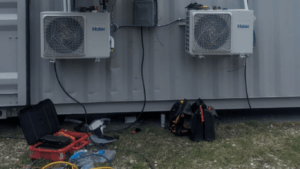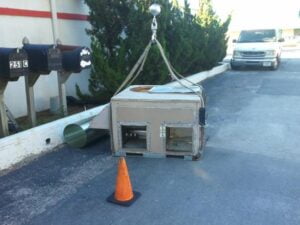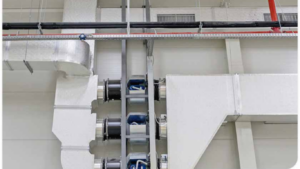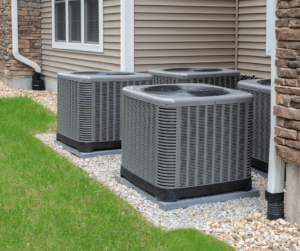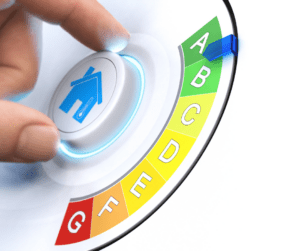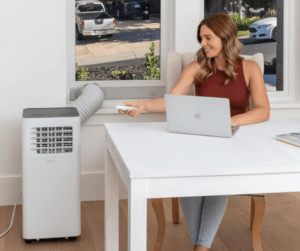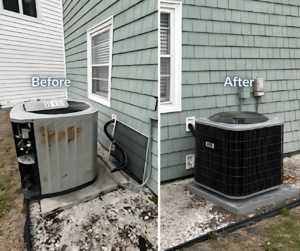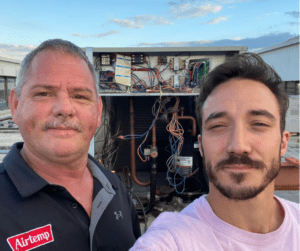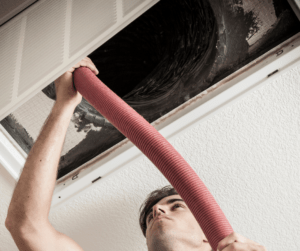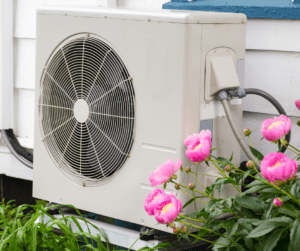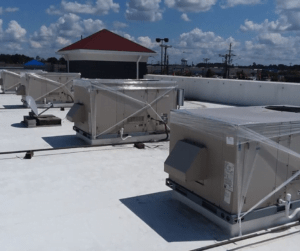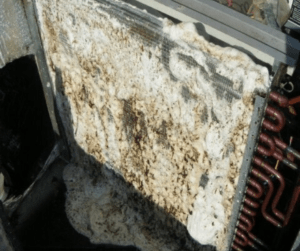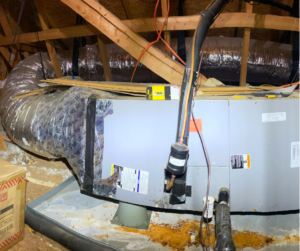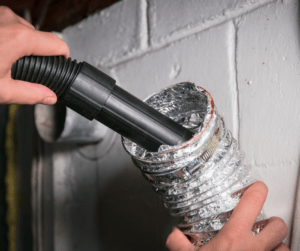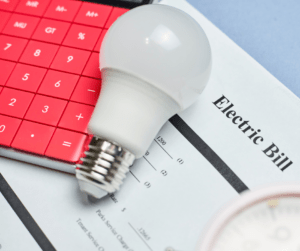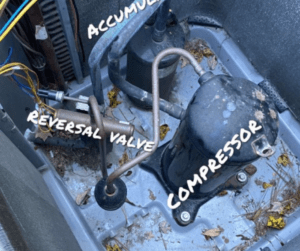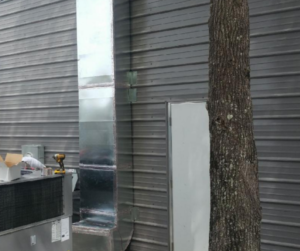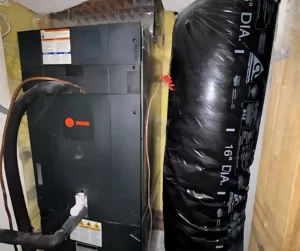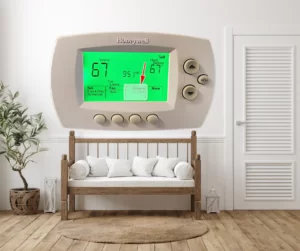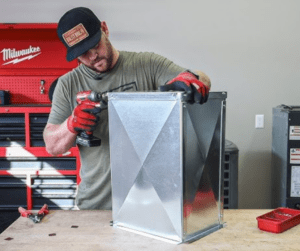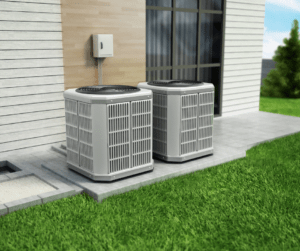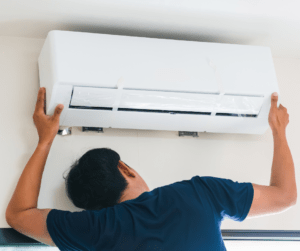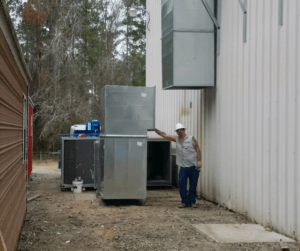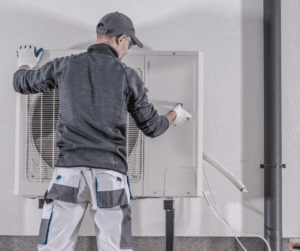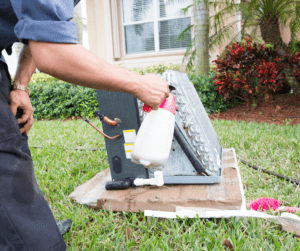Ductless Heating and Cooling: A Cost Breakdown
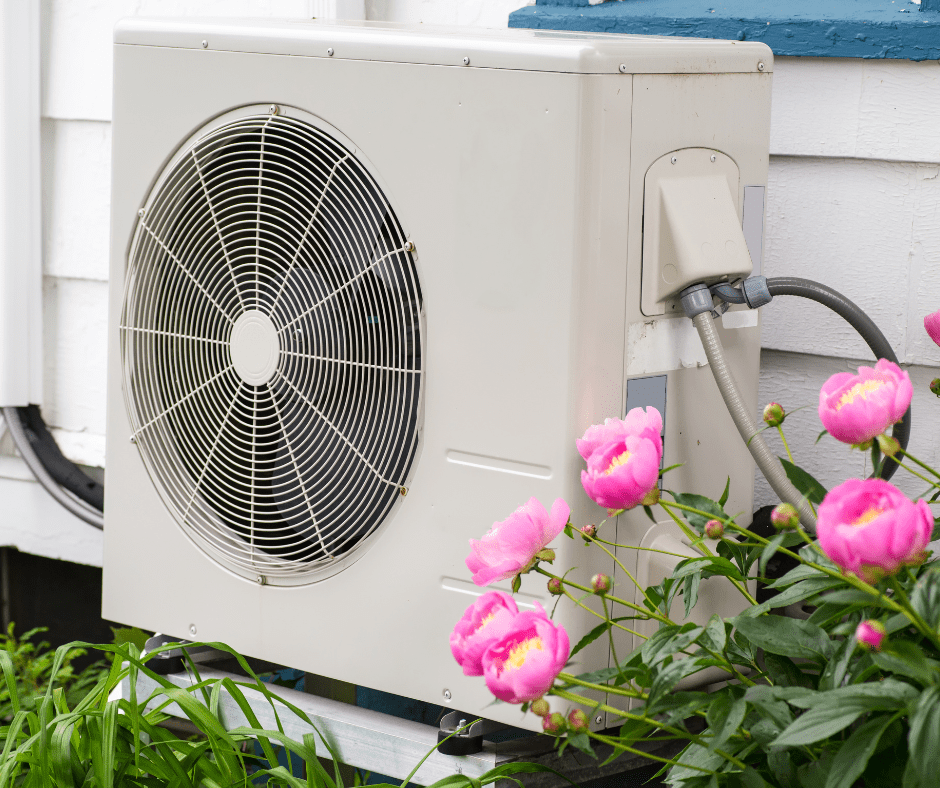
Introduction to Ductless Heating and Cooling Systems
Ductless heating and cooling systems have become a popular choice for homeowners looking for efficient and flexible climate control. These systems, also known as mini-splits, differ from traditional HVAC systems as they don’t rely on a network of ducts to circulate air. This makes them especially suited for homes without existing ductwork or for spaces that need independent temperature control, like home additions or remodeled rooms.
A ductless HVAC system typically consists of an outdoor unit connected to one or more indoor units via a small conduit. This design allows for easy HVAC installation, as it doesn’t require extensive ductwork modifications. Each indoor unit can be controlled independently, giving you the ability to set different temperatures for different areas of your home. This kind of zoned heating and cooling not only enhances comfort in your home or business but also helps in reducing energy consumption.
Ductless heating and cooling systems are known for their quiet operation and compact size. The indoor units are often mounted high on a wall or ceiling, blending seamlessly with your home decor. With the latest technological advancements, many ductless heating and air conditioning systems come equipped with features like programmable timers, remote controls, and even smartphone compatibility, making them incredibly user-friendly.
Another advantage of ductless heating and air systems is their versatility. They can be used in various applications, including single-room cooling or heating, whole-home solutions, or as a supplement to your existing HVAC system. This makes them a great option for diverse needs and different types of homes.
Overall, ductless heating and cooling systems offer a modern solution for homeowners seeking both efficiency and convenience. Their unique design and advanced features make them a worthwhile consideration for enhancing home comfort.
Initial Costs
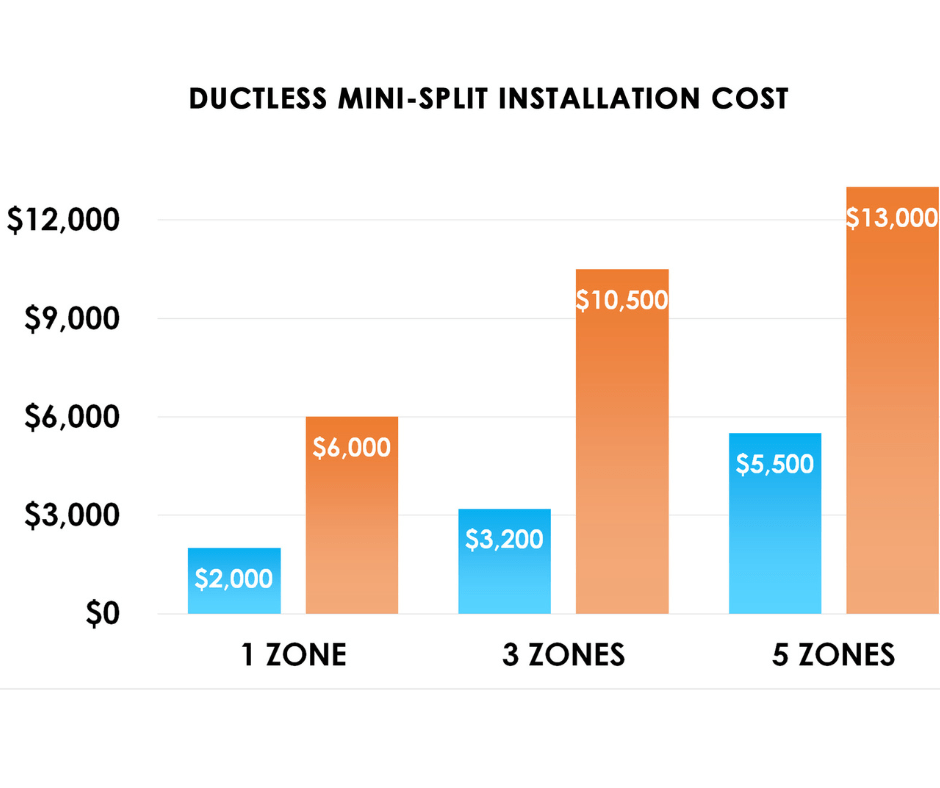
The initial investment in a ductless heating and cooling system can vary widely based on several factors, including the size of your home, the number of units needed, and the complexity of the installation. Typically, you can expect to spend between $3,000 and $8,000 per unit, which covers both the equipment and the installation. Although this might seem higher than the $2,000 to $5,000 range for traditional HVAC systems, the advantages of going ductless can make up for the difference.
One major cost-saving aspect is the elimination of ductwork. In homes without existing ducts, installing a traditional HVAC system would require extensive modifications, which can be quite costly. Ductless heating and cooling systems bypass this need entirely, offering a more straightforward installation process and reducing the overall HVAC installation expense, especially in older homes or custom builds where adding ducts would be impractical or disruptive.
It’s also important to consider the potential for lower heating and air conditioning installation costs in specific scenarios. For example, if you’re installing a ductless system in a home addition or a remodeled room, the absence of ductwork can simplify the project, making it quicker and less expensive to complete. This flexibility is a significant advantage of ductless HVAC systems, allowing for targeted climate control without extensive construction work.
Lastly, while the upfront costs may seem substantial, the long-term benefits, such as energy savings and lower heating and air maintenance expenses, can help offset the initial investment. Plus, various incentives and rebates available for energy-efficient home improvements can further reduce the financial burden, making ductless heating and cooling systems an attractive option for many homeowners.
Energy Efficiency and Savings
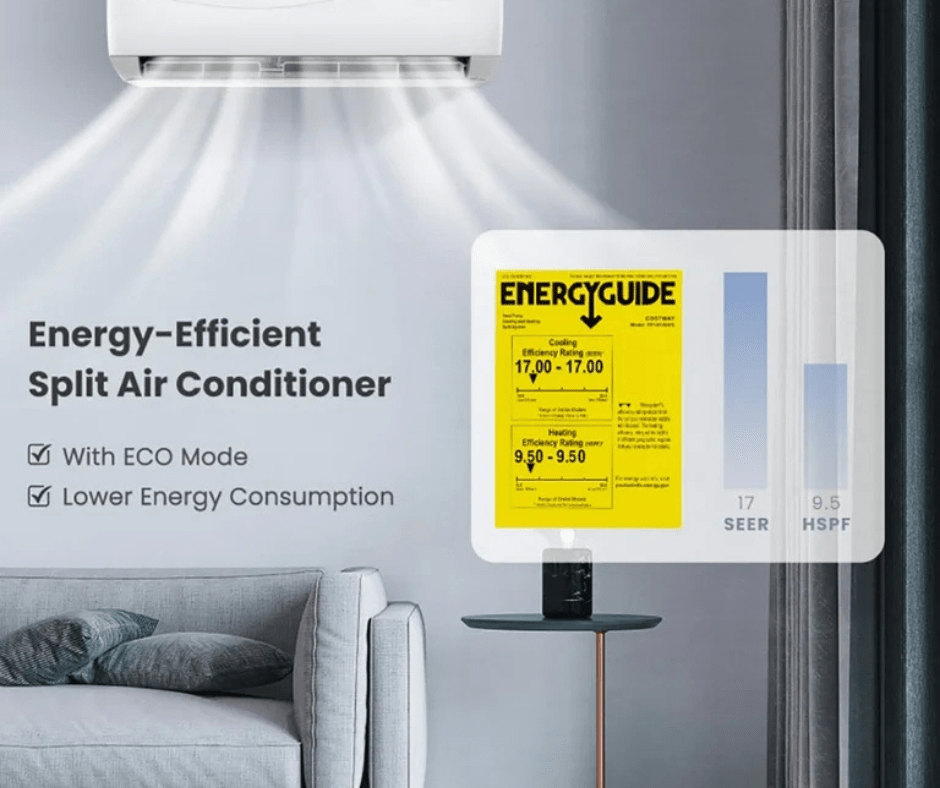
Ductless heating and cooling systems are celebrated for their exceptional energy efficiency. Unlike traditional HVAC systems, which operate on an all-or-nothing basis, ductless systems utilize advanced inverter technology. This means the HVAC systems compressor can modulate its speed to match the exact heating or cooling demand, rather than cycling on and off. As a result, these systems consume less energy, translating to significant savings on your utility bills.
Another key advantage is the ability to create individual zones within your home. With ductless systems, you can heat or cool specific rooms independently, avoiding the unnecessary expense of regulating the temperature in unused areas. This targeted approach to climate control ensures that energy is used only where and when it’s needed, preventing waste and maximizing efficiency.
In addition to lower utility bills, the reduced energy consumption of ductless systems has a positive environmental impact. By using less electricity or fuel, these systems help decrease greenhouse gas emissions, contributing to a greener planet. Many homeowners find this eco-friendly aspect particularly appealing as it aligns with a growing commitment to sustainability.
Furthermore, ductless heating and cooling systems are often designed with high Seasonal Energy Efficiency Ratio (SEER) ratings. The higher the SEER rating, the more efficient the system. This efficiency not only benefits your wallet but also means that ductless systems can qualify for various energy rebates and incentives, further enhancing their cost-effectiveness.
Overall, the combination of inverter technology, zone-specific control, and high SEER ratings makes ductless heating and cooling systems an intelligent choice for those seeking both financial savings and environmental benefits. These features ensure that you’re not only investing in your home’s comfort but also in long-term efficiency and sustainability.
Maintenance and Repair Costs
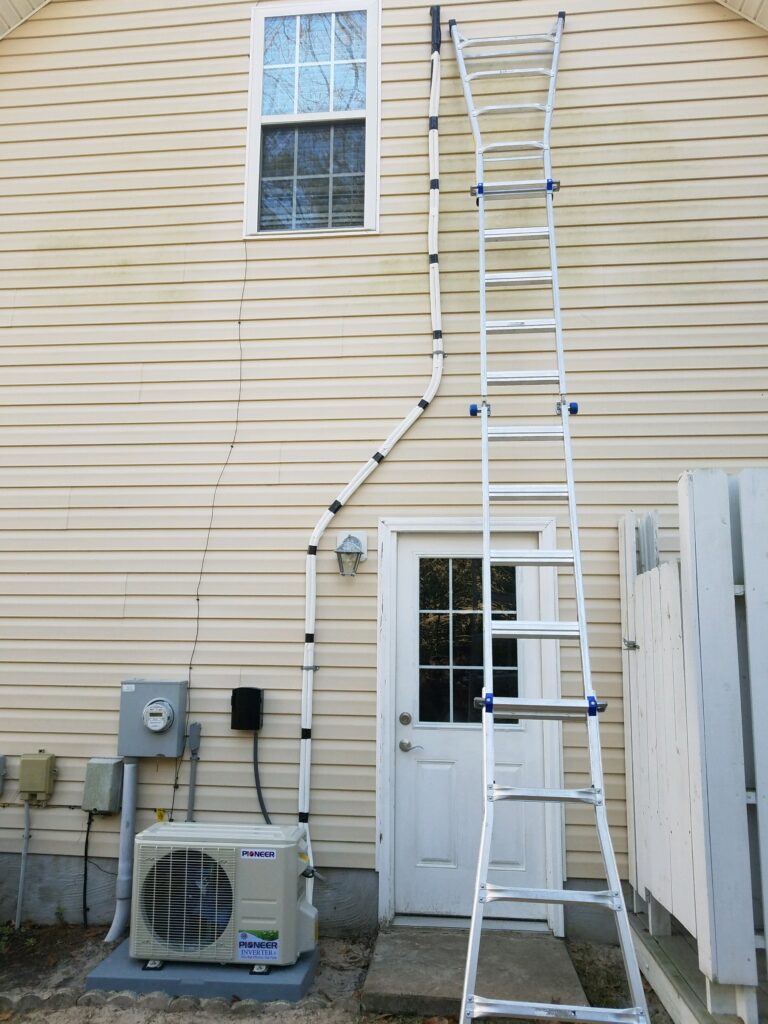
Routine HVAC maintenance for ductless systems is generally straightforward. Regular cleaning of filters and coils is essential to maintain efficiency and prolong the system’s lifespan. A yearly professional check-up is recommended, which typically costs between $100 and $200. These visits can help catch potential issues early, ensuring the system runs smoothly.
When it comes to heating and air conditioning repairs, ductless systems have a reputation for reliability, but occasional HVAC repairs may still be needed. Common issues such as refrigerant leaks or electrical problems might cost between $200 and $600 to fix. However, because ductless systems have fewer moving parts compared to traditional HVAC systems, they tend to experience fewer mechanical problems.
Another aspect to consider is the modular nature of ductless systems. If one indoor unit requires cooling or heating repair, the rest of the system can often continue to operate, minimizing disruption to your home’s comfort. This feature can be particularly beneficial in multi-zone setups where different areas of the home are independently controlled.
For those concerned about long-term costs, many ductless system manufacturers offer warranties that cover parts and labor for several years. These warranties can provide peace of mind and potentially save on residential and commercial HVAC repair expenses. Always check the terms and conditions of the warranty when purchasing your HVAC system to understand what is covered and for how long.
In summary, maintaining a ductless heating and cooling system is manageable and often more cost-effective than traditional systems. Regular maintenance helps prevent major issues, and the modular design allows for easier, less disruptive repairs. Investing in professional heating and cooling maintenance and understanding your system’s warranty can go a long way in ensuring your ductless system remains a reliable and efficient solution for your home.
Government Incentives and Rebates
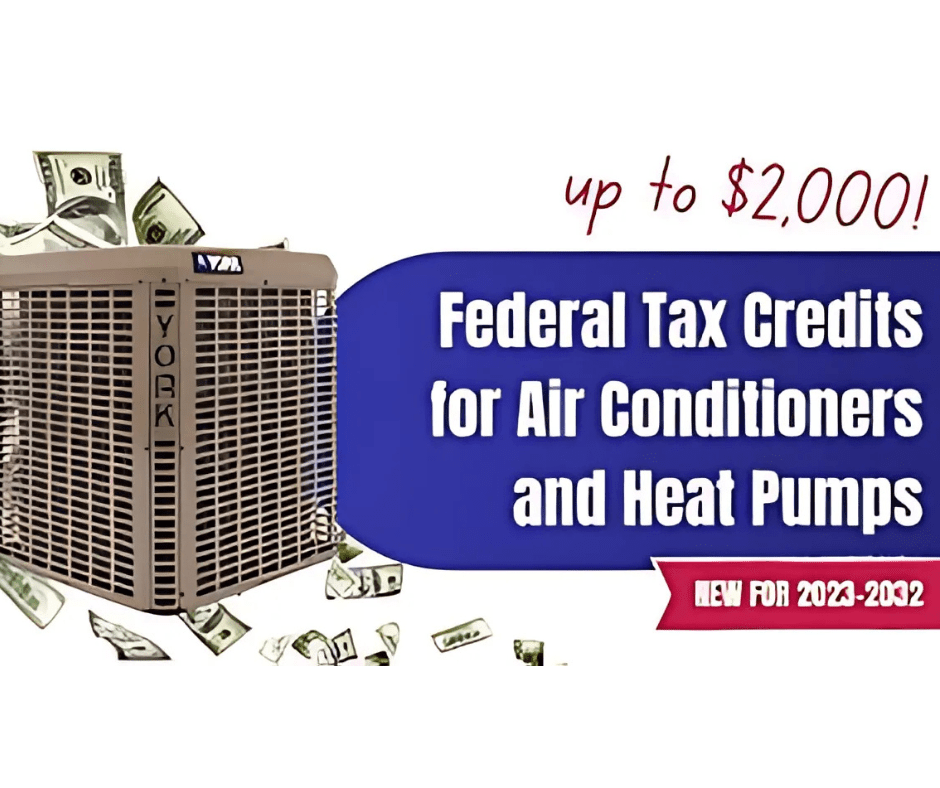
Installing ductless heating and cooling systems can be more affordable when taking advantage of government incentives and rebates. Many states and local governments offer tax credits or rebates to encourage homeowners to adopt energy-efficient technologies. These financial incentives can significantly reduce the upfront costs, sometimes covering up to 30% of the installation expenses.
To make the most of these opportunities, it’s essential to research the specific programs available in your area. Incentives can vary widely by location and may have particular eligibility requirements. Some programs may focus on reducing overall energy consumption, while others might specifically target the installation of ductless systems.
In addition to state and local incentives, federal programs may also be available. The U.S. Department of Energy and the Environmental Protection Agency often provide resources and information about national incentives that can complement local efforts. By exploring these options, homeowners can maximize their savings.
Energy-efficient systems like ductless heating and cooling often qualify for rebates from utility companies as well. Many utility providers offer incentives for installing high-efficiency equipment as part of their energy conservation initiatives. These rebates can further reduce the financial burden and make ductless systems an even more attractive option.
Remember to gather all necessary documentation when applying for these incentives. This might include receipts, proof of purchase, and certification of the system’s efficiency. Proper documentation ensures a smooth application process and helps you receive the full benefits available.
Taking the time to explore and apply for government incentives and rebates can make the transition to ductless heating and cooling systems much more manageable, allowing you to enjoy the benefits of a modern, energy-efficient home.
Conclusion
Choosing a ductless heating and cooling system is a smart move for enhancing your home’s comfort and efficiency. These systems stand out for their advanced technology, allowing for precise temperature control in different areas of your home. By minimizing energy waste and lowering utility bills, they provide both immediate and long-term savings.
Moreover, their quiet operation and compact design make them a seamless addition to any living space. The simplicity of routine maintenance, coupled with the durability and reliability of these systems, ensures they remain a cost-effective solution over time. With the added benefit of potential government incentives, transitioning to a ductless system becomes even more appealing. For homeowners seeking a practical, efficient, and versatile climate control option, ductless systems offer a compelling choice.
For more tips on HVAC systems, repairs, maintenance, and installations, be sure to read our following related articles.

